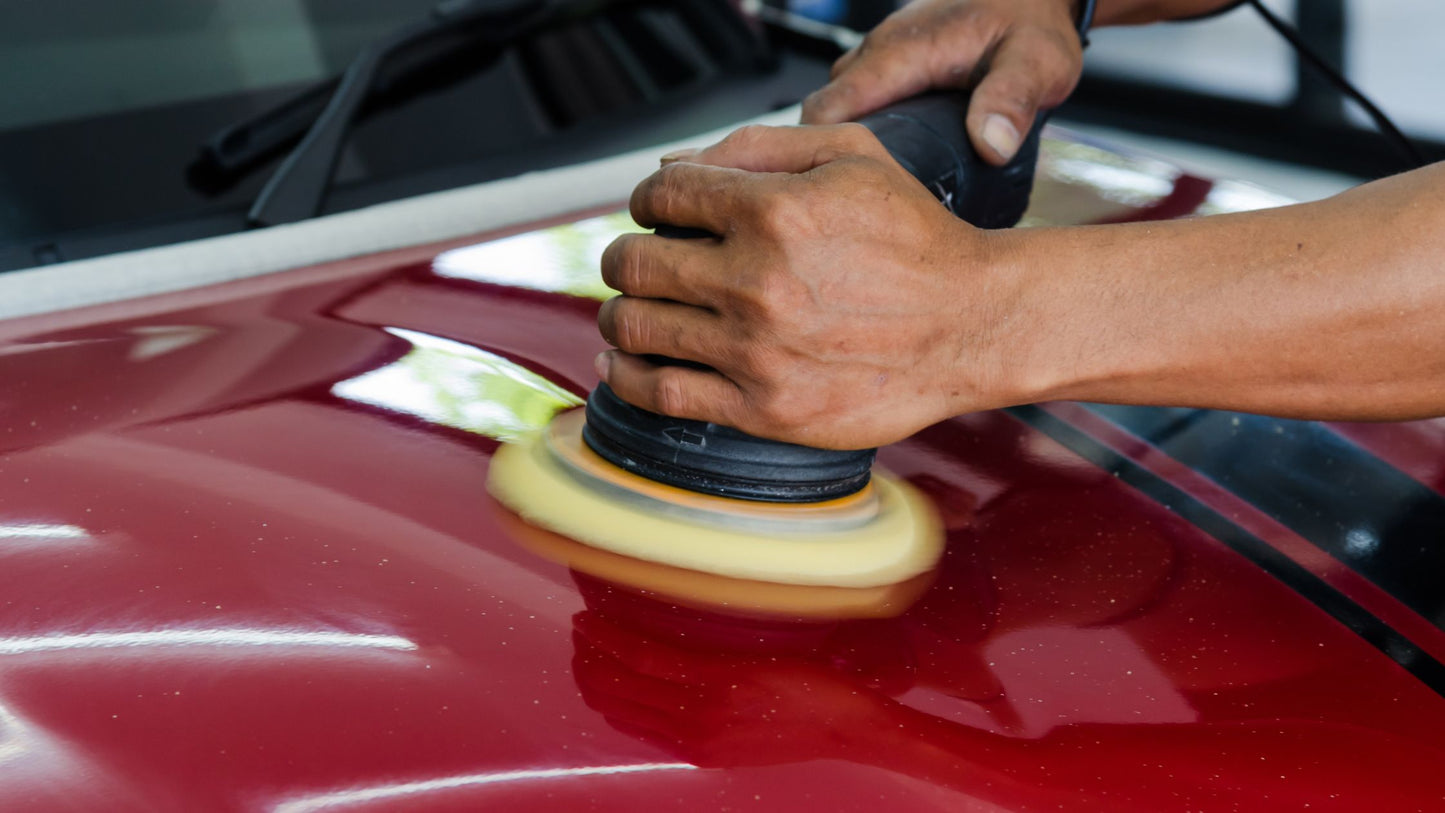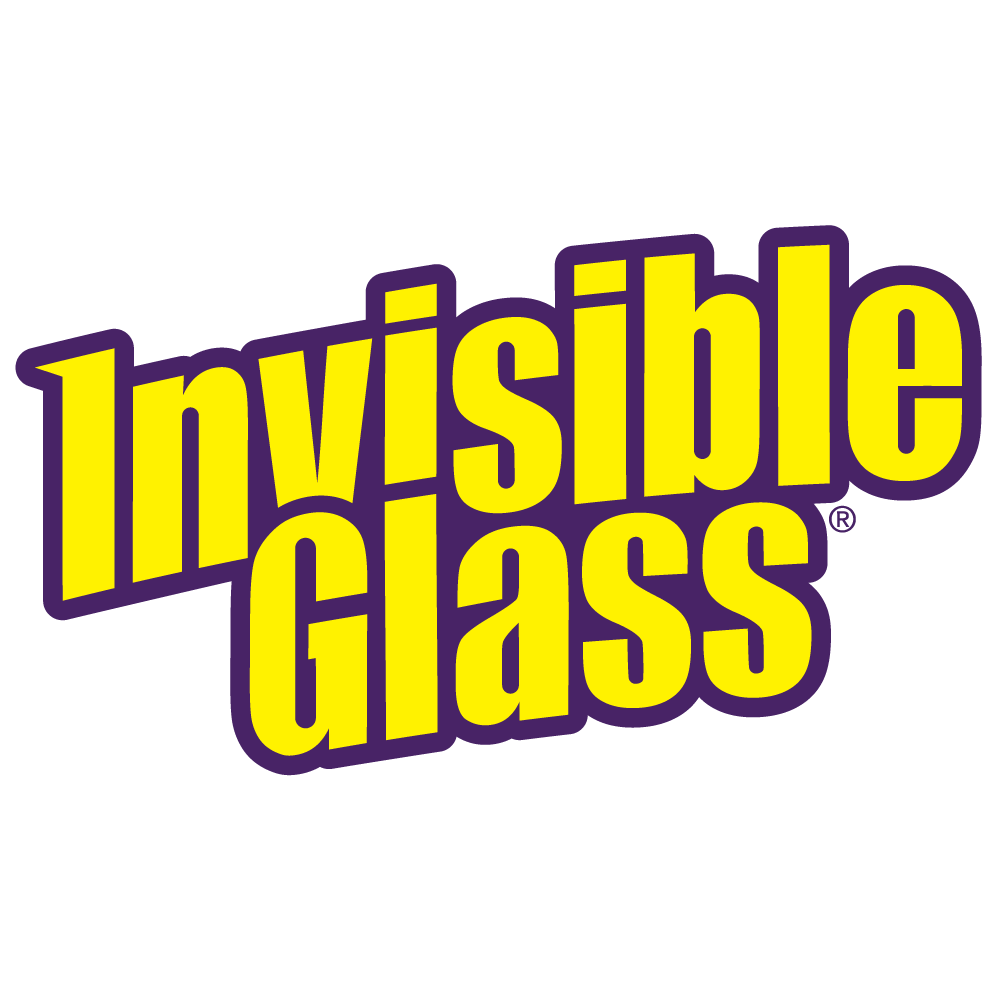
You park your car, the light hits the paint just right, and you notice a scratch. Luckily, buffing scratches off your car is not complicated. This post will showcase the step-by-step process of buffing scratches.
To buff scratches off your car: Identity the scratch type, ensure that your paint is thoroughly cleaned and dried, apply a scratch removal product to an applicator pad, buff in a circular motion over the scratch using light, uniform pressure, and wipe off excess product with a clean microfiber to gauge your progress.
Required Tools
- Car soap & cleaning supplies (if you haven’t cleaned already)
- Scratch removal product: Rubbing compound
- Applicator pad
- Microfiber towels
Optional tool: Random orbital rotary buffer
All buffers carry the risk of burning through your paint, though some types of buffers are safer to use than others. Experienced detailers often use mechanical buffers, and seasoned detailers may use these tools safely to make buffing quick and efficient.
If you’re new to paint correction and want to use a buffer, we recommend using a random orbital rotary buffer. Random orbital buffers rotate irregularly, minimizing the likelihood of paint damage. They are incredibly affordable, making them an excellent option for both beginners and experienced detailers.
Identify the scratch type
Believe it or not, scratches can come in various types – each requiring specific fixes. Light scratches in softer clear coats are easy to repair and won’t take too long; deeper scratches in harder clear coats will require additional time and effort. Identify how deep the blemish is, and you can estimate the measures you will need to take to remove it.
Ensure that your paint is thoroughly cleaned and dried
Your car paint should be spotless before correcting scratches. If you haven’t done so, thoroughly wash and dry the exterior. Buffing with debris may cause swirling and make new scratch marks. Even “softer” contaminants like bird droppings or pollen can be abrasive enough to scratch your paint.
Apply a scratch removal product to an applicator pad
A little product goes a long way during scratch removal. Begin by applying a dot of scratch removal product to your applicator pad – roughly the size of a U.S. dime. Too much product will make a mess of your exterior and be hard to remove.
Buff in a circular motion over the scratch using light, uniform pressure
Take your applicator pad and cover the scratch with light blots of your scratch remover product. If you’re using the pad, buff the area using a circular motion. Avoid using too much pressure; let the product work for you. Apply additional product as needed, lightly buffing until the scratch is no longer visible.
Techniques with a mechanical buffer
Are you using a mechanical buffer for the first time? Expect to save plenty of time and effort. Apply a small amount of your scratch removal product to your pad and place it on the scratched area. Slowly begin rotating the buff, gradually increasing the speed. Using a random orbital rotary buffer, you don’t have to worry about buffing a spot for too long. If you use a standard rotary buffer, be cautious of polishing the same area for too long – prolonged buffing can result in paint damage.
Wipe off excess product with a clean microfiber to gauge progress
Periodically, take a fresh microfiber towel and wipe away excess product to examine your progress.
Sometimes, the rubbing compound can leave the treated area shiner than the areas around it. Though this may be an improvement over what you started with, it’s likely far from perfect. Repeat the process and lightly polish the surrounding areas if you notice an uneven shine to blend your exterior panel and create an even, clean finish.
How do rubbing compounds work for scratch correction?
Rubbing compounds contain abrasives, and they work much like liquid sandpaper. These products remove a thin layer of the topcoat, taking the paint down to scratch level and creating an even surface. They work in several phases by softening the topmost painted surface, evening it, and removing contaminants as you polish.
Restore your paint!
Buffing out scratches may seem intimidating, but anyone can do it using the proper techniques. Follow these steps to restore that factory coat of paint: Identify the scratch type, ensure that your paint is thoroughly cleaned and dried, apply a dime-sized amount of a scratch removal product to an applicator pad, buff in a circular motion over the scratch using light, uniform pressure, and wipe off excess product with a clean microfiber to gauge your progress. Repeat until the blemish is no longer visible and your surface is restored. Don’t let surface scratches get you down. Buff them away and enjoy your ride!



